Nicaragua: Managua
Foillsichte: 23.05.2018

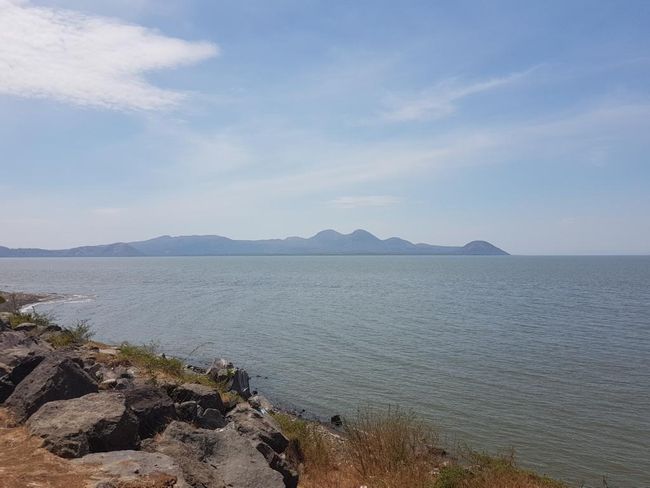
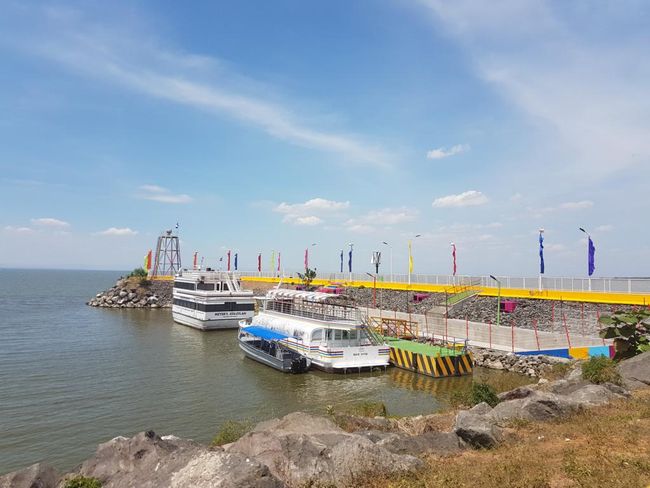
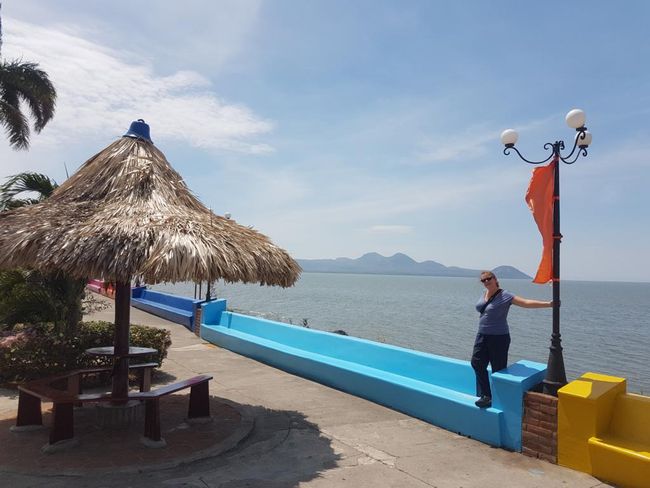
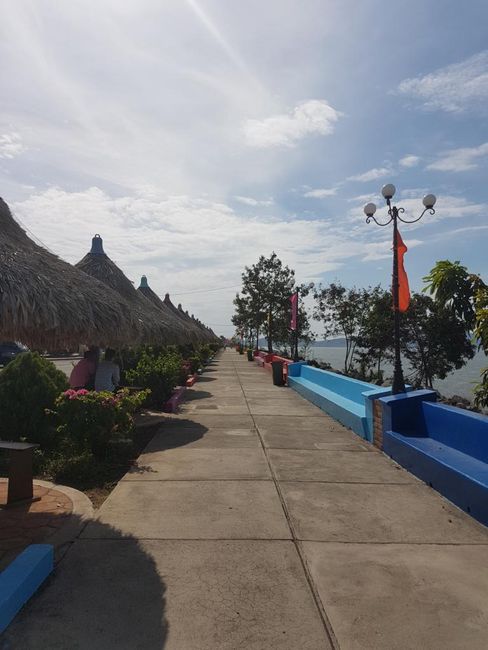
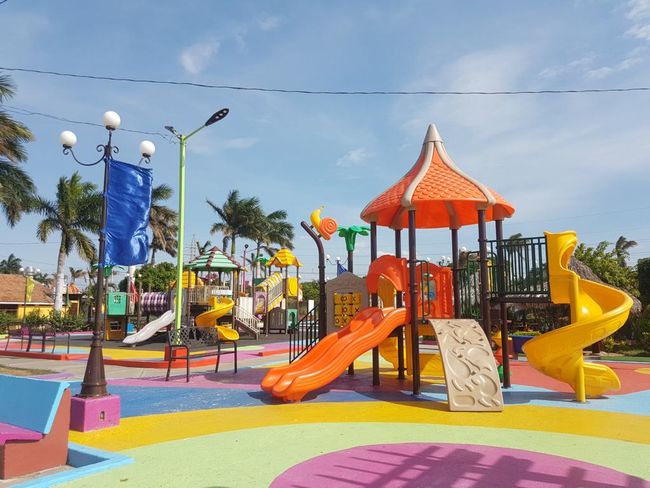
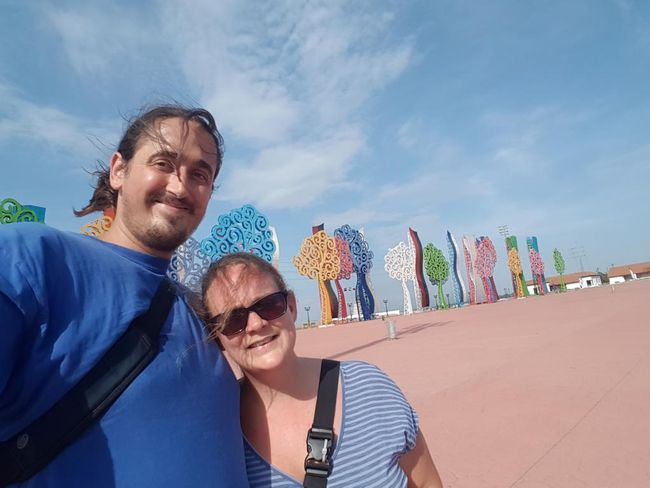
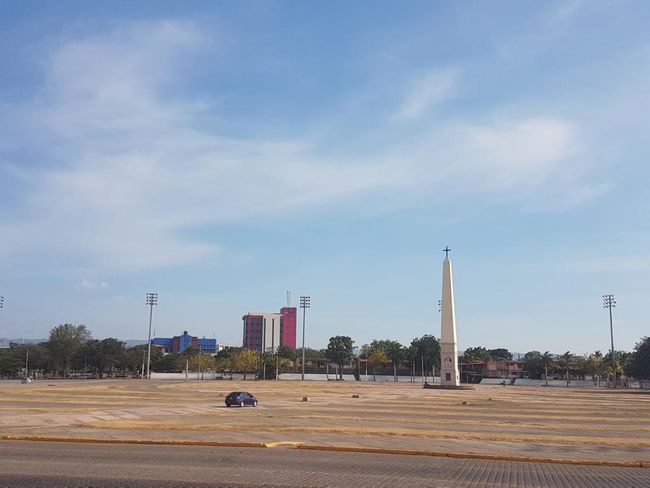
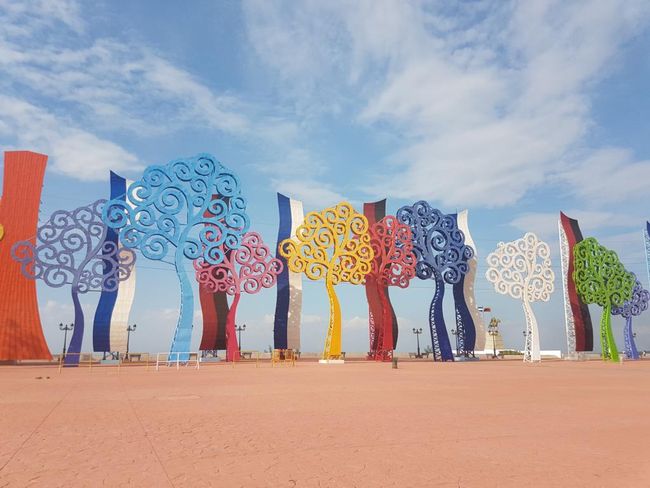
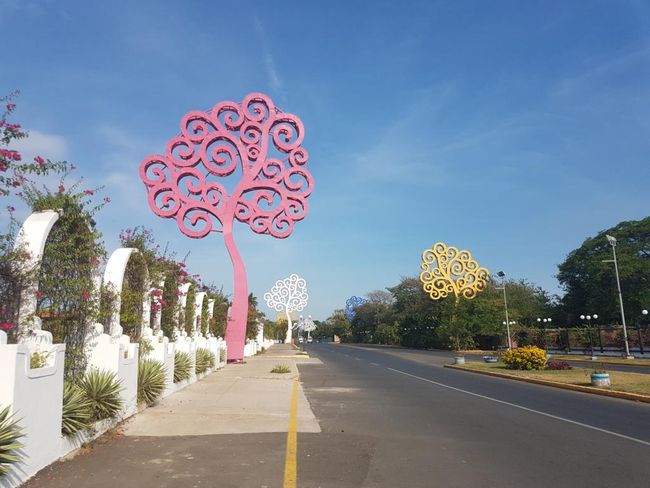
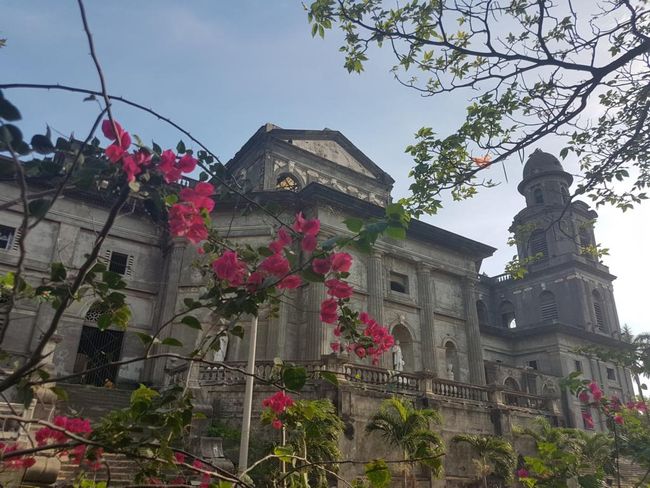
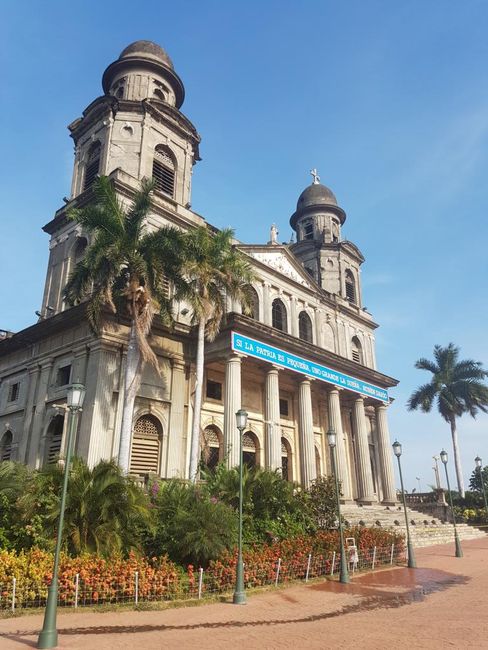
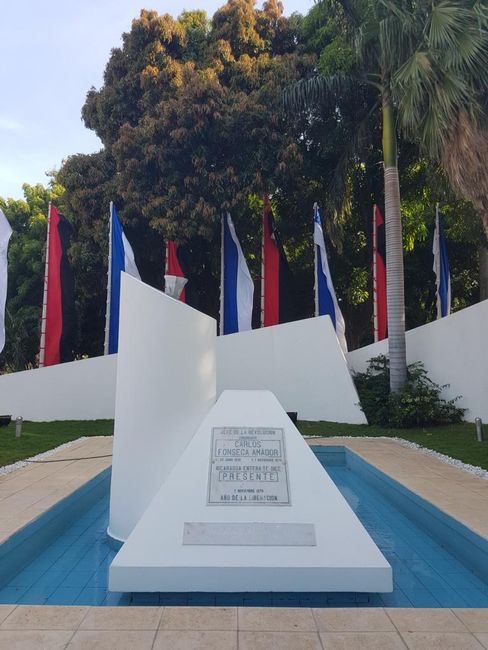
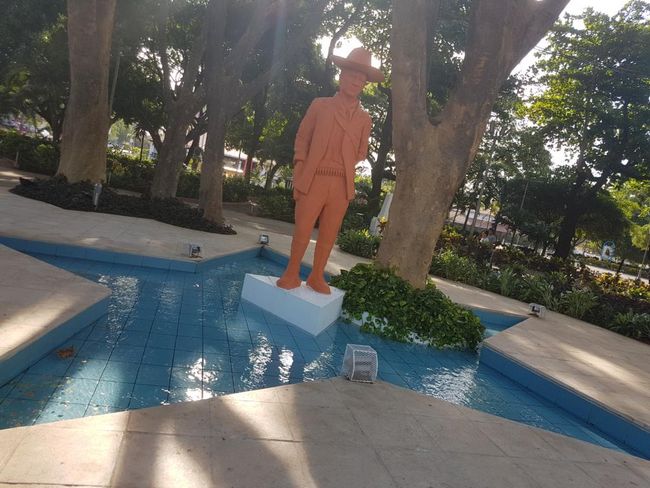
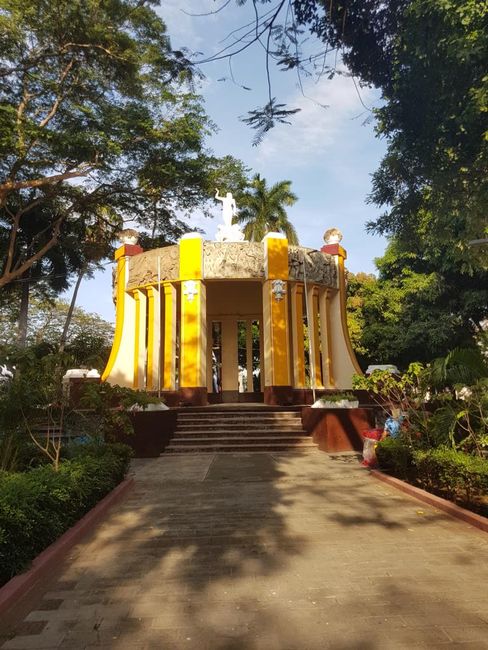
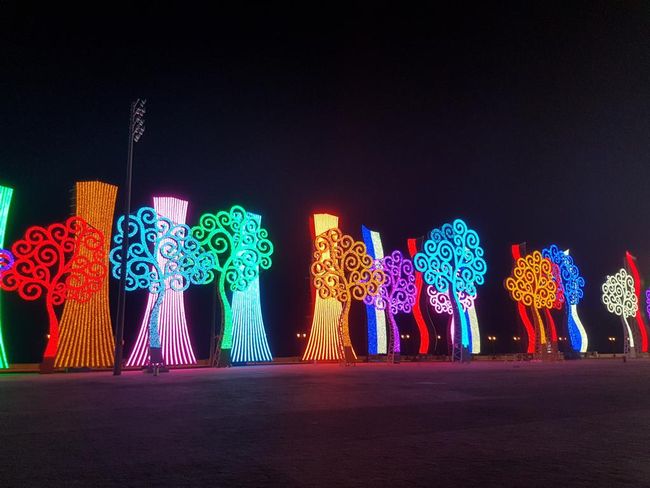
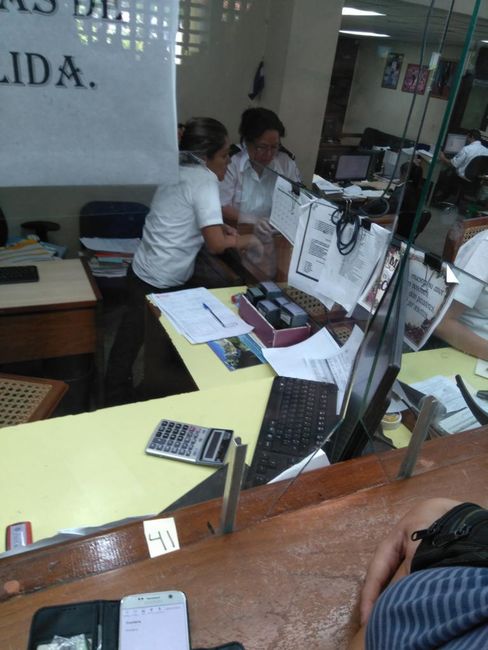
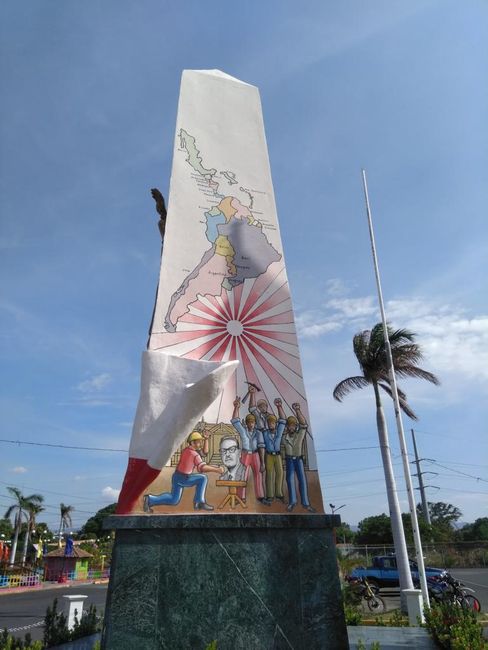
Subscribe to Newsletter
Managua is the capital of Nicaragua and is considered very dangerous. However, this made only a moderate impression on us, as we had already visited all the other capital cities in Central America that are considered very dangerous. And indeed, we were pleasantly surprised by Managua. Although you read that there is nothing to see and no tourists get lost here, there are some very nice corners and you can easily spend one or two days here.
However, we mainly came here to extend our visa. Again. Also a dubious story. You need to know that the countries Guatemala, El Salvador, Honduras, and Nicaragua have formed an alliance and now constitute the so-called CA4 states. We were aware of this, but gradually realized that our visa for more than 90 days applies to the stay in all these 4 countries. Previously, we had assumed, as it is described in many places on the internet and in the travel guide, that as Swiss citizens we would receive a 90-day visa upon entry into each Central American country. Well, we don't. Although you have to pay an entry or exit tax specific to each country at every border, sometimes even both. In Nicaragua, for example, you have to pay $12 in taxes upon entry and an additional $2 upon exit. One can of course question the sense and nonsense behind it. However, it is even more nonsensical that despite being constantly charged, you still do not receive a new visa. When entering from another CA4 state, the 90-day period since the first entry into one of the countries simply continues. What nonsense.
Well, we first entered Guatemala on February 8th, and that's when the clock started ticking. When we traveled from El Salvador to Guatemala for the second time, the customs officer actually manually marked the remaining number of days in our passports. Ironically, Jörg and I each had a different number of remaining days marked, one of the customs officers was probably not the brightest bulb in the sky. We actually noticed this at the time, but honestly didn't question it further. When you reach the point where you hardly know what day of the week it is, you also lose track of the number of days that have passed.
In Honduras, however, when we had our audience at the immigration office in Tela due to the loss of the entry confirmation, the friendly officer informed us that we would need to extend our visa if we planned to stay in Nicaragua for 3-4 weeks as planned. Our Honduran entry stamp actually indicated the exact date by which we would have to leave the CA4 zone. Ah. We hadn't noticed that before, no. He told us that he could already extend the visa by 30 days himself, but that would then only apply from today and would not be enough until our planned departure date. So we had no choice but to extend the visa in Nicaragua.
We had already visited the immigration office in Leon, and the nice lady there was willing to help us after some inquiries, but she would have to send our passports to Managua to get stamped there, which would take a week. First of all, we had absolutely no desire to wait a week in Leon for our passports, and secondly, we were not happy at the thought of handing over our passports and sending them all over the country. So we would travel to Managua ourselves and have the visas extended there.
Said and done, and so we found ourselves at the immigration office in Managua. The atmosphere was almost like a folk festival, a huge crowd of people, there were food and drink stands everywhere, and at the latest, it became clear to us that we wouldn't be leaving here anytime soon.
When our number was finally called, the woman flipped through our passports for a while and then said: she couldn't extend our visa, the 90 days hadn't expired yet. We had entered Guatemala twice, and the period had started a second time for 90 days. We objected, after all, we wanted to avoid any problems at the border when leaving due to an overstayed visa, especially since we had a fixed departure date from Costa Rica and didn't want to jeopardize it because of possible delays at customs. And besides, we had come here specifically to extend the visa, had waited for hours in the hot and stuffy waiting room, and we wouldn't leave without the extension! We explained to the official that we had traveled from El Salvador to Guatemala for the second time and had not left the CA4 zone. Unfortunately, there was no stamp in our passports during the entry and exit in El Salvador! That made the official suspicious. She gathered her whole team, including the boss, and they stood there, five of them, discussing the matter. Everyone else had to wait. In the end, we actually had to explain the visa regulations in their own country to the boss!
This is really typical of Central America: they decide to create a common border area. Nice. But that's the extent of harmonization and coordination. Otherwise, absolutely nothing is regulated uniformly. Guatemala stamps the passport, Honduras and Nicaragua give you a small piece of paper as an entry confirmation, El Salvador only records the entry electronically. Some require entry taxes, others require exit taxes, some even require both, and the rest don't require anything at all. The left hand doesn't know what the right hand is doing. A huge mess. The only one who made a competent impression was the official in Honduras, and that's why we were convinced that we needed to extend the visa. Eventually, even the boss of the Nicaraguan immigration office understood the situation, she suddenly looked surprised and hurriedly took our passports with her. Of course, not without us having to pay an additional $20 each for an extension of 30 days. But still better than paying a hefty fine for overstaying the visa at the border, we thought. And at least we got a stamp from Nicaragua in our passports. An expensive blotch of color. Interestingly, after we had explained the regulations to the officials ourselves, they didn't ask us any more questions. The lady in Leon had wanted to know if we could present a return ticket and how much money we had. Now, no one asked such questions anymore.
After we finally finished, we headed towards the city center to see more of Managua. At the Plaza de la Revolucion, we visited the old Cathedral, the empty shell of Managua's old cathedral destroyed in the 1972 earthquake. Right next to the square is also a nice park where the graves of well-known Sandinista commanders (e.g. Carlos Fonseca) and national heroes are located.
Later, we walked to the lakeside promenade, the Malecon, where the tourist complex Puerto Salvador Allende had just been renovated. The huge facility has restaurants and bars, a pier, benches, picnic tables, playgrounds, a go-kart track, and a walking path along the shore. The facility is designed for thousands of people, and it was almost completely empty. We thought that people would probably come more in the evening, but we were wrong, even in the evening we were almost the only people there, although it is really nice, everything is very colorful. But in addition to the fact that you have to pay a small entrance fee, the restaurants are also in the upper price range, so most Nicaraguans probably can't afford to eat here.
Throughout the city center of Managua, we could admire huge, colorful metal trees along the streets, the so-called "Arboles de la Vida" (Trees of Life), which are also illuminated at night. Actually, it looks quite nice, we thought. At that time, we didn't know that days later we would see pictures in the newspaper of how the local demonstrators tore down and destroyed these trees. There is also such a tree in Leon, but it was also destroyed by a mob. The unpopular wife of President Daniel Ortega had set up these trees to beautify the city and make it more attractive to tourists. The construction of the structures had cost a lot of (tax) money and apparently was an eyesore to many locals. It is somehow understandable. Nicaragua is considered the poorest country in the American continent, and one can understand that people do not want to see their hard-earned tax money wasted on a few colorful metal trees from which they themselves get nothing. Especially the people who do not work in tourism and do not directly benefit from foreigners must have the most incomprehension. At this point, one also wonders how much money must have been spent on the renovation of the deserted tourist center on the Malecon, where as previously mentioned, most locals can hardly afford a dinner.
The next day, after completing our tasks, we would return to Leon to continue our journey to Esteli.
Subscribe to Newsletter
Freagairt
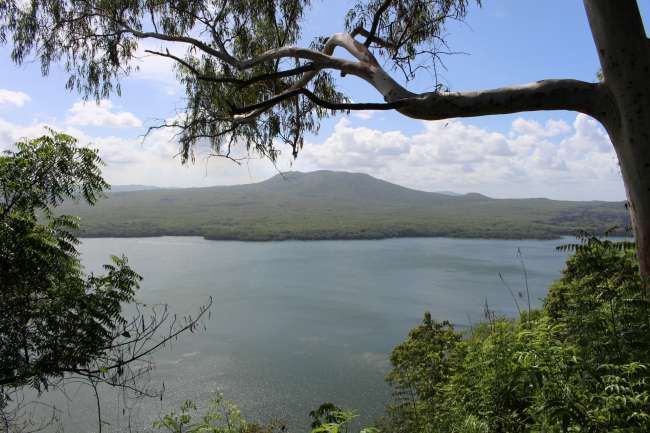
Aithisgean siubhail Nicaragua

